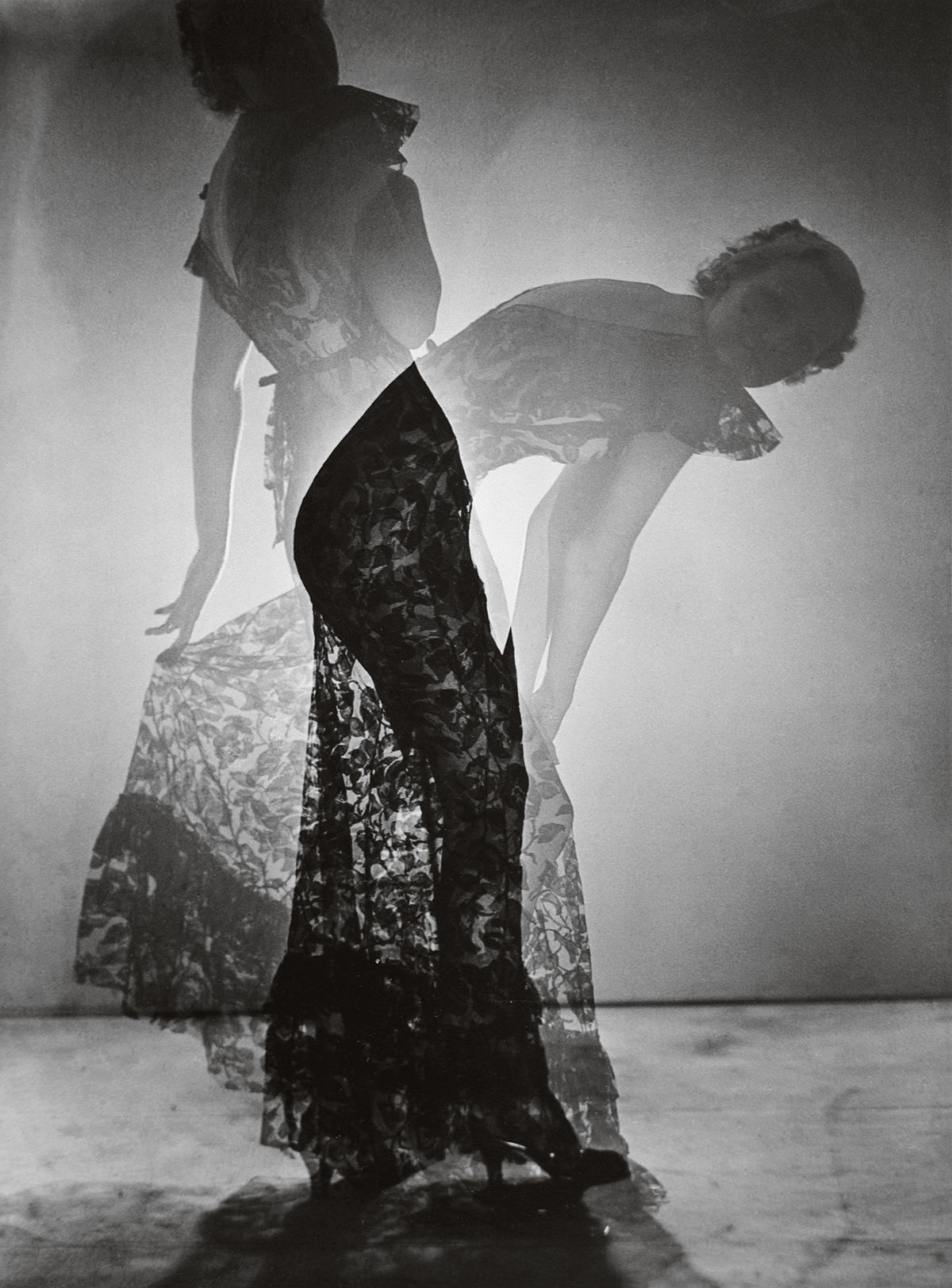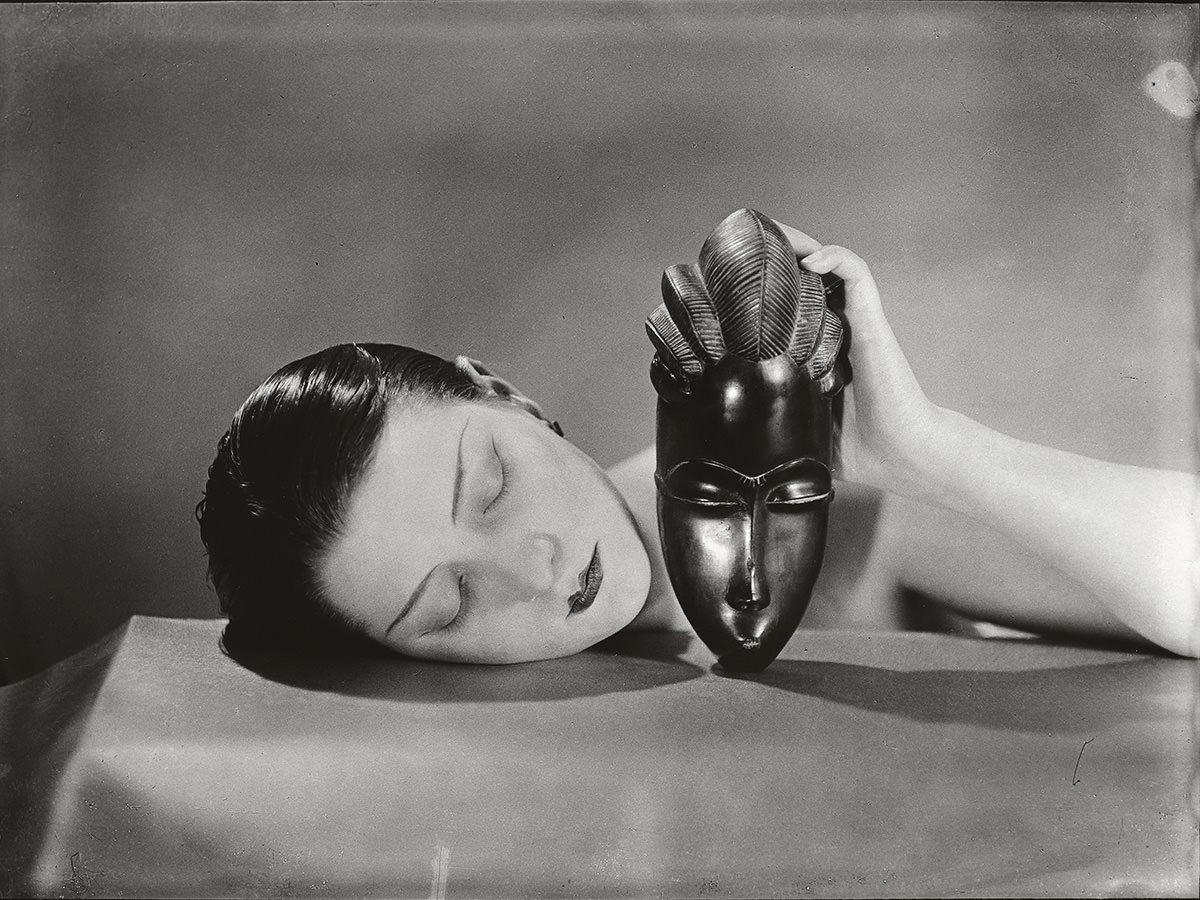Man Ray: Shapes of Light
A major retrospective spanning fifty years of Man Ray’s visual inventions, Man Ray: Shapes of Light celebrates an artist who transformed photography into pure experimentation and freedom. Through nearly 300 works—including photographs, films, objects, and drawings—the exhibition traces the evolution of one of the twentieth century’s most influential and unpredictable creators.
From his pioneering rayographs to iconic portraits of his muses, from collaborations with the European avant-garde to visionary fashion photography, Man Ray forged a visual language where irony, beauty, and provocation coexist.
Opening at Palazzo Reale, Milan, in September 2025, the exhibition follows his journey from Philadelphia (1890) to New York’s artistic circles—where he discovered European modernism and befriended Marcel Duchamp—to Paris, his adopted home from 1921 onward. There, he joined André Breton, Louis Aragon, and Paul Éluard, and met Kiki de Montparnasse, his muse and partner, immortalized in works such as Noire et blanche and Le Violon d’Ingres.
Man Ray’s career would later expand to fashion and his celebrated “rayographs” and “solarizations.” After a decade in the United States during World War II, he returned to Paris in 1951, where he lived until his death in 1976.
Curated by Pierre-Yves Butzbach and Robert Rocca, and organized by Comune di Milano – Cultura | Palazzo Reale | Silvana Editoriale, the exhibition unfolds across thematic sections—Self-Portraits, Muses, Rayographs, Nudes, Fashion, and Film—offering an immersive look into an artist who never ceased to reinvent the image.
The exhibition is organized into several thematic sections, each revealing a different facet of Man Ray’s creative universe:
Portraits, Self-Portraits, Rayographs
For Man Ray, photography was never mere documentation but transformation—a dialogue between light and form. His self-portraits, portraits of artists such as Picasso, Dalí, and Breton, and experimental rayographs reveal a restless imagination constantly redefining vision itself. Created without a camera by placing objects directly on photosensitive paper, his rayographs remain among the most poetic expressions of Dada and Surrealism.
Muses and the Nude
Women in Man Ray’s world were collaborators and co-creators—Kiki de Montparnasse, Lee Miller, Meret Oppenheim, Nusch Éluard, Juliet Browner. His nudes and portraits capture intimacy, irony, and sensuality, transforming his subjects into symbols of freedom and artistic partnership.
Man Ray and Cinema
Between 1923 and 1929, Man Ray brought his radical vision to film, creating four groundbreaking works—Le Retour à la raison, Emak Bakia, L’Étoile de mer, and Les Mystères du Château du Dé. Rejecting conventional narrative, these films blend rhythm, abstraction, and dreamlike imagery into a new poetic language. The exhibition presents full screenings alongside rare documents and stills, highlighting his unique contribution to avant-garde cinema.
Fashion, Multiples, and Chess
Man Ray’s inventiveness extended to fashion and design. His collaborations with designers such as Elsa Schiaparelli and his images for Vogue and Harper’s Bazaar transformed fashion photography into an art form. His “multiples”—sculptures, ready-mades, and ironic objects—play with ideas of reproduction and authorship, while his elegantly designed chess sets reveal a sculptural sensitivity shared with Duchamp.
Through photographs, objects, and documents, Man Ray: Shapes of Light presents an artist for whom art was a total way of life—an endless interplay of vision, matter, and imagination.
About the Author
Man Ray (1890–1976) was an American artist whose work redefined the boundaries between art and photography. Born Emmanuel Radnitzky in Philadelphia in 1890, he grew up in New York, where he first engaged with painting and design before turning to photography as a medium of experimentation and artistic expression.
In the 1910s, he became part of New York’s avant-garde scene, forming a lasting friendship with Marcel Duchamp and sharing in the radical spirit of Dada. In 1921, he moved to Paris, where he found his artistic home among the poets and artists of the Surrealist movement, including André Breton, Paul Éluard, and Louis Aragon.
In Paris, Man Ray developed his most celebrated innovations: the rayograph—a camera-less photograph created by placing objects directly onto photosensitive paper—and solarization, a technique that partially reverses tones to produce dreamlike effects. His portraits of cultural icons such as Kiki de Montparnasse, Lee Miller, Meret Oppenheim, and Picasso reveal a deep fascination with transformation, eroticism, and the subconscious.
Beyond photography, Man Ray worked across painting, film, sculpture, and design, approaching every medium as a space for play and invention. Between 1923 and 1929, he directed a series of visionary films (Le Retour à la raison, Emak Bakia, L’Étoile de mer, Les Mystères du Château du Dé) that remain landmarks of avant-garde cinema. He also collaborated with leading fashion designers such as Elsa Schiaparelli, turning fashion photography into a form of modern art.
After relocating to the United States during World War II, he returned to Paris in 1951, where he continued to create until his death in 1976.
Throughout his life, Man Ray pursued one central idea: that art should transcend categories and conventions. His work—spanning surrealism, abstraction, and pure experimentation—embodies a spirit of freedom and invention that continues to influence generations of artists.
Man Ray: Shapes of Light
11 January 2026
Palazzo Reale – Milan – Italy
More info:





